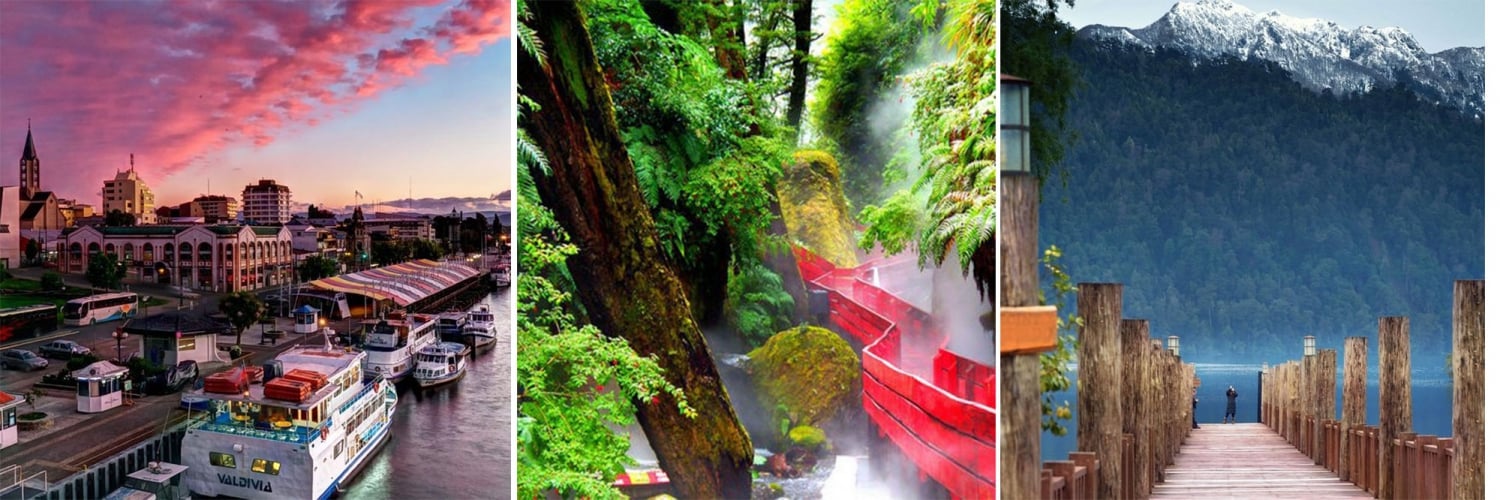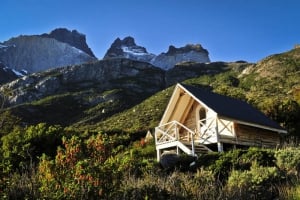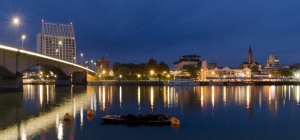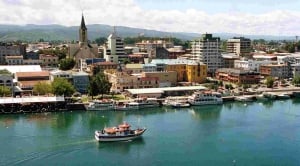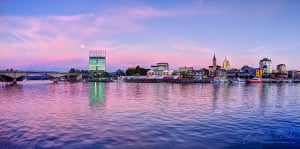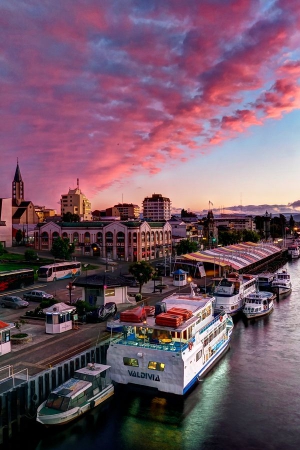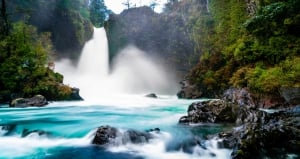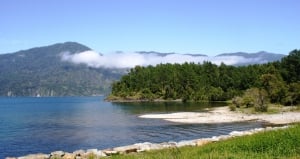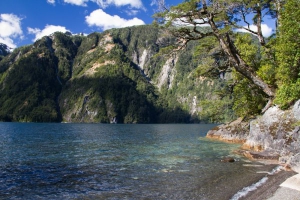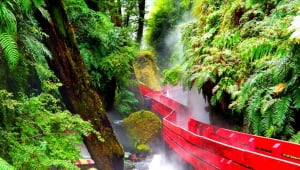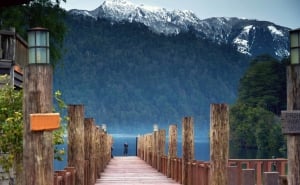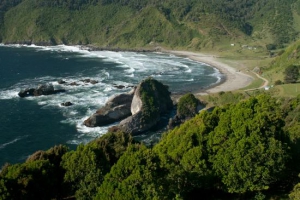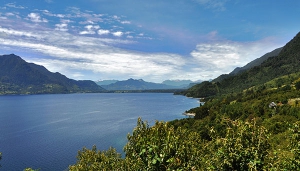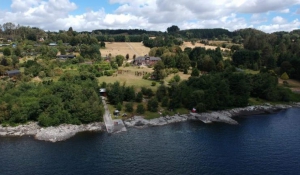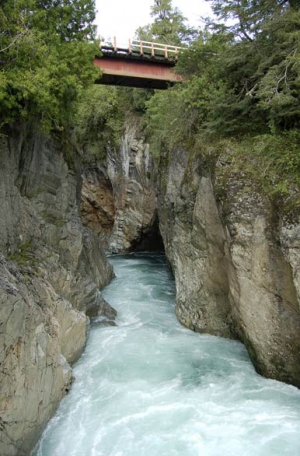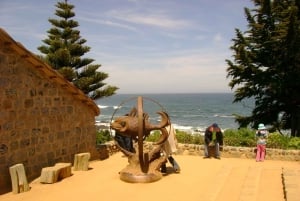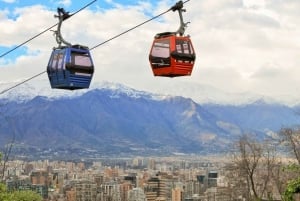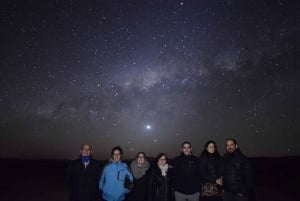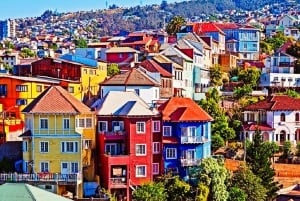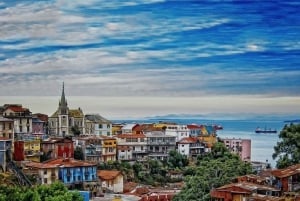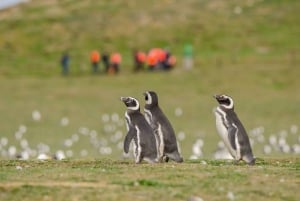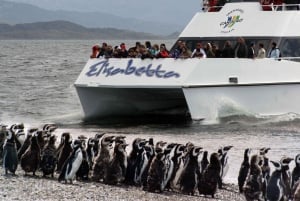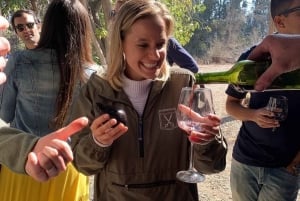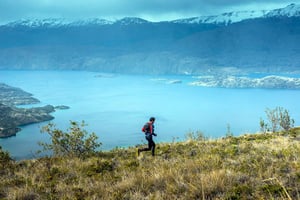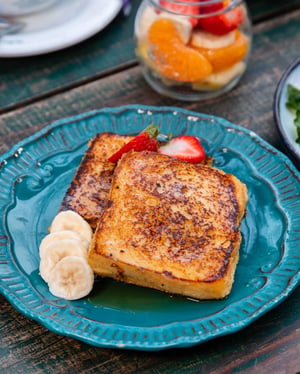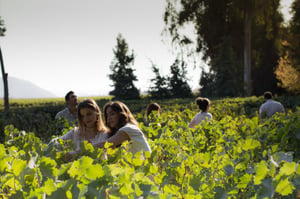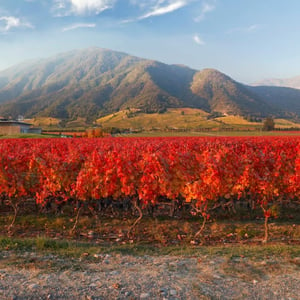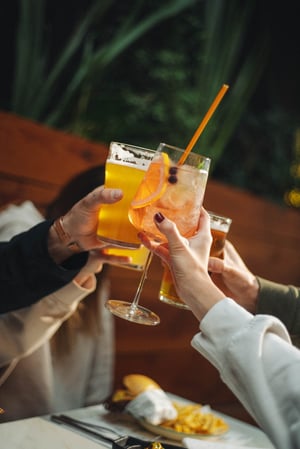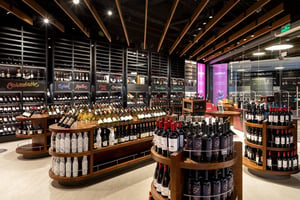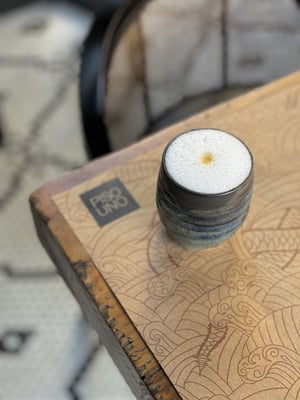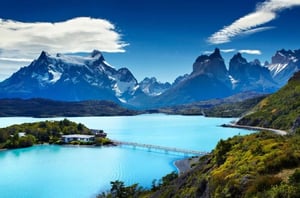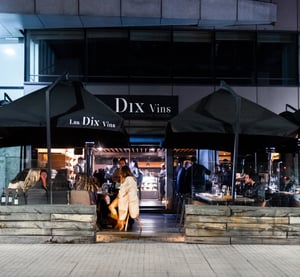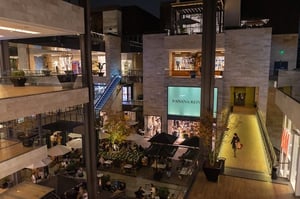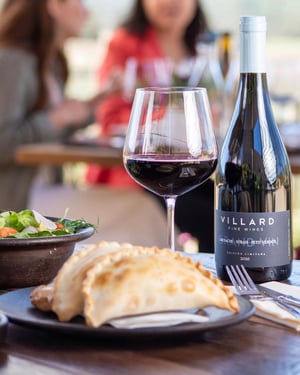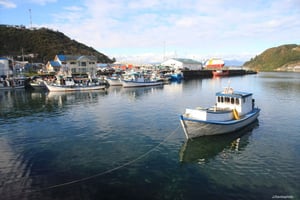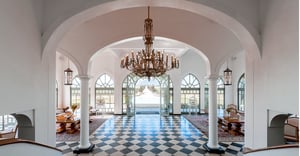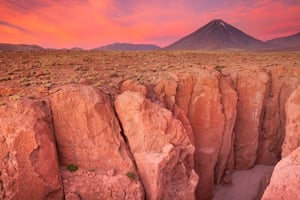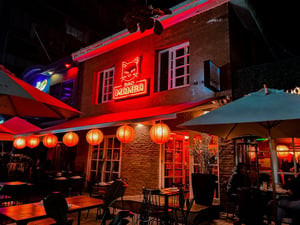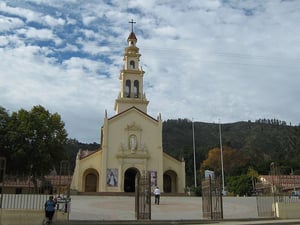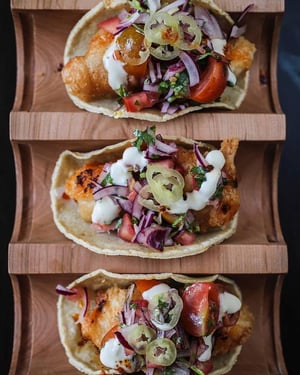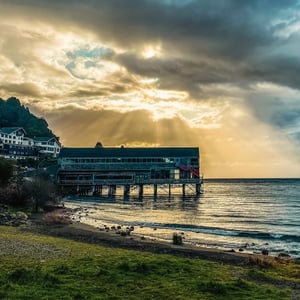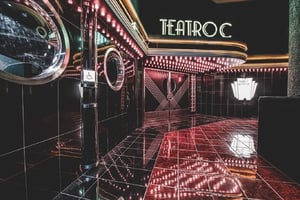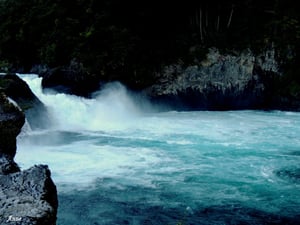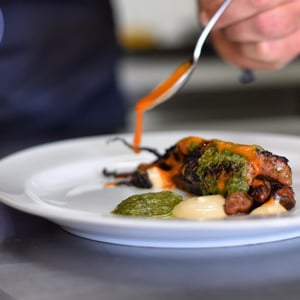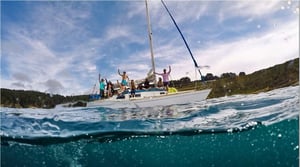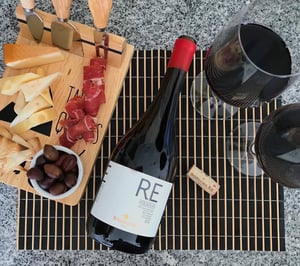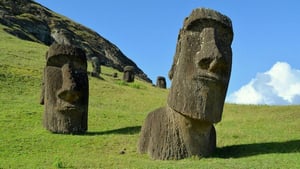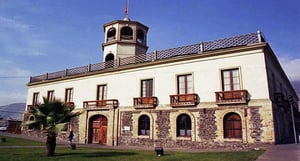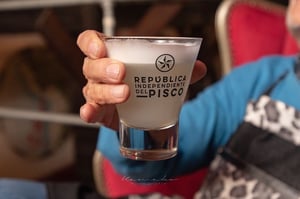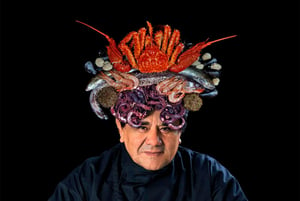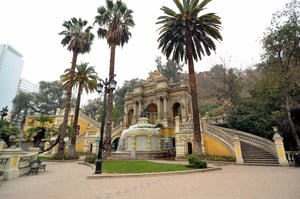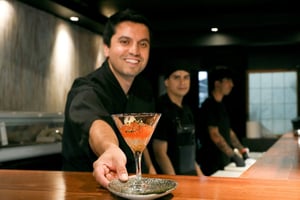Los Rios
Young and beautiful region, it is characterized by its volcanoes, rivers, lakes, agricultural landscapes and evergreen forests
Discover and fall in love with Los Ríos
Located in the area of lakes and volcanoes, Los Ríos enchants all tourists who visit it. Valdivia with its attractive and beautiful landscapes, the Ranco Lake basin; and Sietelagos, a destination that gathers in its territories extensive natural areas where you can find a wide range of beautiful manifestation spaces.
Young and beautiful region, it is characterized by its volcanoes, rivers, lakes, agricultural and forest landscapes. It is also known for the presence of a temperate humid forest, popularly called Selva Valdiviana, which can be enjoyed when visiting any of the protected areas of the region. The capital of this charming region is the historic city of Valdivia, surrounded by wetlands and rivers.
Valdivia has nicknames such as the Pearl of the South, University City, City of Rivers, Capital of Craft Beer, Nautical Capital of the South Pacific, among many other names that indicate the variety of attractions and quality of life that you can find.
The Region of Los Ríos was born on October 2, 2007, according to the provisions of Law 20.174 published in the official gazette on April 5 of the same year, with its regional capital in the city of Valdivia. The region includes the provinces of Valdivia and Ranco, in details that the communes of Valdivia, Mariquina, Lanco, Los Lagos, Corral, Máfil, Panguipulli and Paillaco are part of the province of Valdivia. Meanwhile, the communes of La Unión, Futrono, Río Bueno, and Lago Ranco constitute the province of Ranco. The provincial capitals are Valdivia and La Unión, respectively.
Its name derives from the geographical situation of the territory, in which two hydrographic basins predominate: the Valdivia River and the Bueno River, both of Andean origin. In the case of the Valdivia River, it originates in the Argentine lake Lácar whose waters cross the border and give shape to the Seven Lakes, a group in which Panguipulli, Calafquén, and Riñihue stand out; from the latter, the waters flow down the San Pedro River and the Calle-Calle, until their waters meet those of the Cruces River to form the Valdivia, which flows into the Corral Bay. In the case of the Bueno River, it is Lake Ranco that gives life to its channel.
The boundaries of the Los Ríos region are: to the north by the Araucanía region, to the south by the Los Lagos region, to the east by the Argentine Republic and to the west by the Pacific Ocean The regional economy is mainly supported by the forestry sector, both for the extraction of wood (mainly pine and to a lesser extent, eucalyptus) and cellulose processing in plants such as CELCO, located in the vicinity of Mariquina.
Agricultural development of cereals and livestock are also important activities carried out in the interior sectors of the region. In Valdivia there are various industrial activities whose origin dates back to the immigration of German settlers in the mid-nineteenth century, highlighting for example the Kunstmann brewery.
Tourism is also an important source of development for the region, both in Valdivia and in the inner lacustrine zone, highlighting several spas such as Conaripe in the sector of the Seven Lakes and on the shores of Lake Ranco. In the mountain range, the main attractions are the thermal centers and the existing natural reserves.
Local tips:
- Find restaurants in Los Rios
- Find things to do in Los Rios
- Find hotels in Los Rios
- Find adventures near Los Rios


